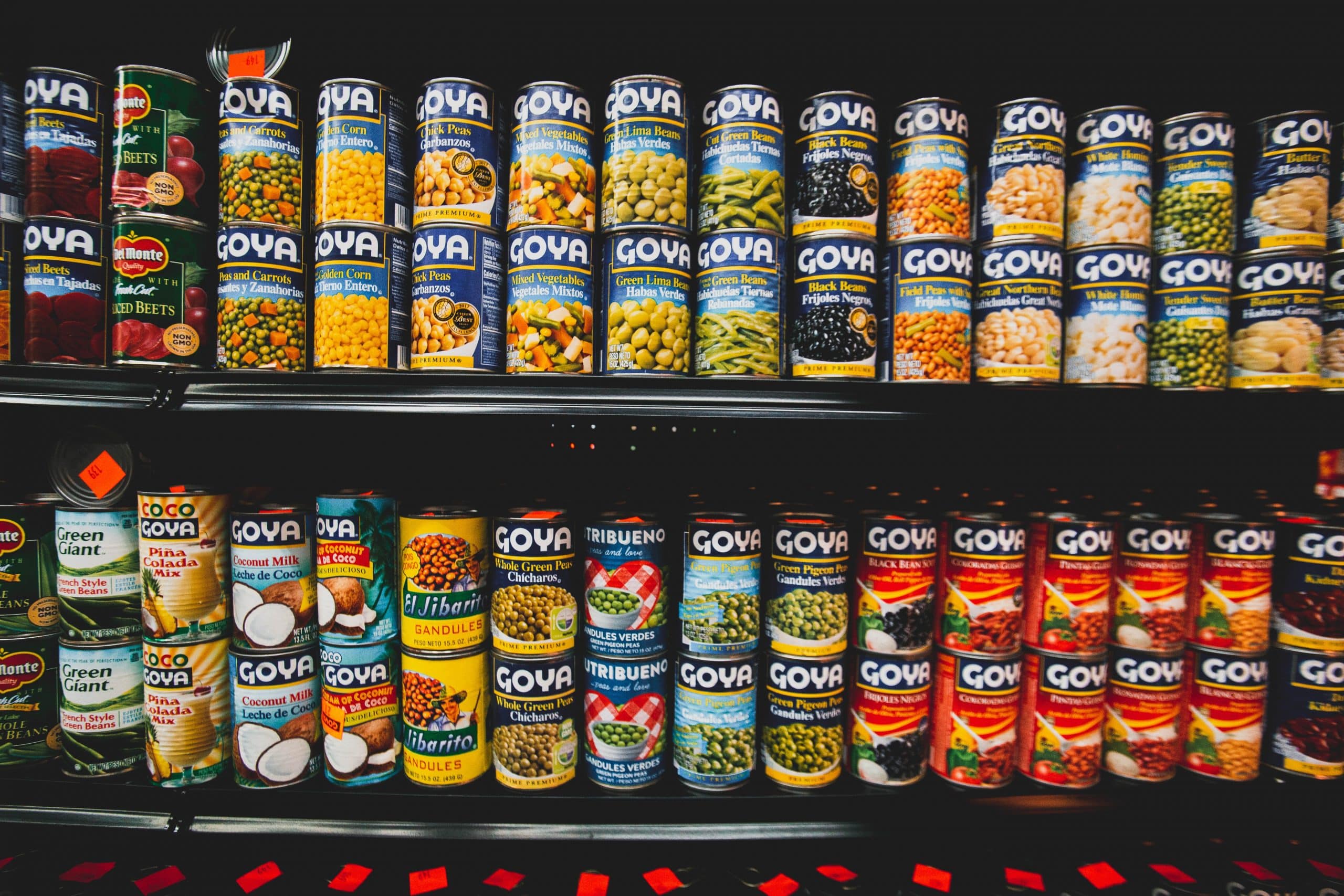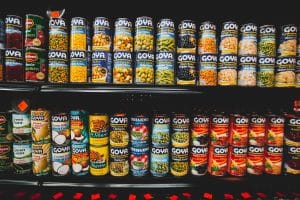
 If you think that eating healthy can be too expensive, since fresh fruit and vegetables can cost a lot, reconsider. Healthy options don’t always have to be fresh. Both frozen and canned veggies can be nutritious, but you have to read the label and see all the ingredients, particularly on the canned vegetables. Some canned vegetables contain high amounts of sodium and it’s a known fact that too much sodium can cause hypertension, which leads to stroke, heart disease and kidney disease.
If you think that eating healthy can be too expensive, since fresh fruit and vegetables can cost a lot, reconsider. Healthy options don’t always have to be fresh. Both frozen and canned veggies can be nutritious, but you have to read the label and see all the ingredients, particularly on the canned vegetables. Some canned vegetables contain high amounts of sodium and it’s a known fact that too much sodium can cause hypertension, which leads to stroke, heart disease and kidney disease.
Canned fruits and vegetables have just as many nutrients as fresh.
The canning process today is quite different than years ago. Today, canned vegetables are picked at their ripest and canned within a few hours. That means they not only have peak flavor, they are also more nutritious than some of the fresh alternatives at the grocery. The same is true of frozen. Fresh options may be picked early to extend shelf life and allowed to ripen on the way to the grocery. By the time the consumer buys them and then finally prepares them, they’re days, not hours off the vine, losing many nutrients.
The heat from canning does destroy some nutrients.
Besides the added salt in some canned vegetables or added sugar in some fruit, the heat from the canning process does decrease vitamins B and C. Not all vegetables retain their texture after processing, such as asparagus. That can lead to passing on them at the supper table. When it comes to safety, that heat does eliminate the possibility of E.Coli and other bacteria. Modern canning techniques eliminate almost all potential for botulism.
You’ll save money by using frozen or canned vegetables.
Frozen options are slightly less expensive than their fresh counterparts, but more economical since they don’t spoil quickly like their fresh counterparts. They help eliminate waste. Canned food is a lot less expensive than fresh options. They too have a long shelf life and are a great way to save money, while eating healthier.
- BPA lining on cans holding fruits and vegetables have come into question, so many manufacturers have switched to a different type of lining that has no potential health issues.
- If you want to lower the sodium content of canned vegetables even more, drain the juice and rinse with water. It will cut it substantially.
- Only use canned fruit packed in its own juice. It’s a healthy option as long as there’s no added sugar. You can add canned fruit and nuts to Greek yogurt for a healthy dessert or snack.
- If you want a quick dip, keep canned garbanzo beans or northern beans in the can in the cupboard. Just put them in the blender, add some garlic and lemon juice and you’ll have a healthy, low cost dip.
Contact us today at Body Sculptors Personal Training
